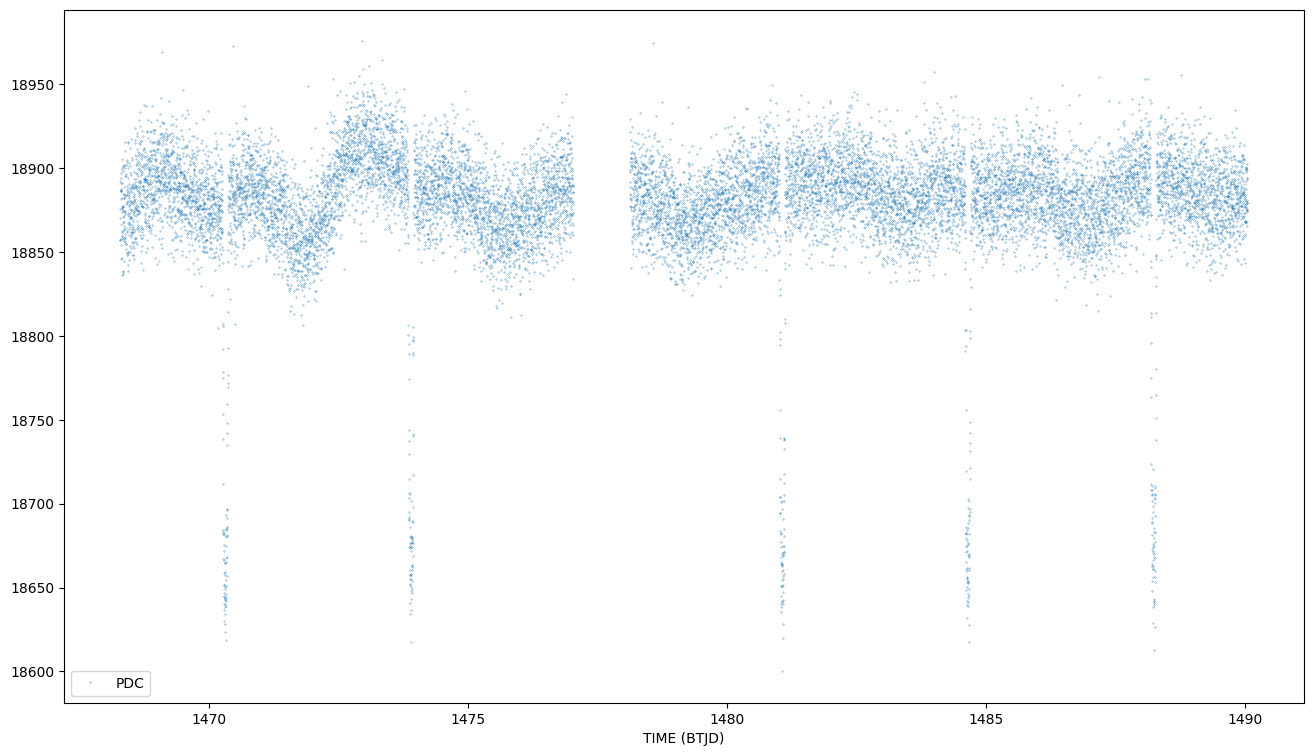 |
|
 |
|
CPD-23 1329
Stellar parameters and planets on the system
| Host Star: CPD-23 1329 | CPD-23 1329 System planets | |||||||||||||||||||||||||||||||||||||||||
|---|---|---|---|---|---|---|---|---|---|---|---|---|---|---|---|---|---|---|---|---|---|---|---|---|---|---|---|---|---|---|---|---|---|---|---|---|---|---|---|---|---|---|
|
|
Photometric data catalogues and tools:
Plot from LIGHTCURVE FITS file

Auxiliary Products:
Spectroscopic data catalogues:
|
La Palma, CAHA, Keck, ESO archives |
WASP-101 b
Planet parameters
| Planet Name | Planet Mass | Planet Radius | Semi Major Axis | Orbital Period | Eccentricity | Inclination | Tidally Locked | Angular Distance | Primary Transit Source (JD) | Calculated Planet Temperature(K) | Molecules | Star Distance |
|---|---|---|---|---|---|---|---|---|---|---|---|---|
| WASP-101 b | 0.5 | 1.41 | 0.0506 | 3.585722 | 0 | 85 | 0 | 2456164.6934 | 1560 | 0 |
Direct access and visualization for NASA archive
SHOW ERRORBARS Y/N
| Ref | Type | Facility | Instrum. | Npt | Comments |
| Wakeford et al. 2017 | spec | Hubble Space Telescope satellite | Wide Field Camera 3 | 15 | WAKEFORD ET AL 2017 Observations of WASP-101 were conducted with HST WFC3 G141 grism as part of the HST PanCET program GO-14767 (PIs Sing and Lopez-Morales) on October 2nd 2016. Observations were conducted in forward spatial scan mode, using the 512 x 512 subarray, in SPARS25, wih 7 reads per exposure, resulting in a exposure time of 138.38 seconds. We use a scan rate of 0.65 pixels per seconds with a final spatial scan covering 90 pixels in the cross-dispersion directionon the detector. This results in a maximun count rate of 22000 e per pixel, which is quite low but importantly does not enter the non-linearity regime of the detector. We use the IMA output files from the CalWF3 pipeline. |
| Exoplanets-A (CASCADe) | spec | HST | WFC3 | 25 | Exoplanets-A reduction CASCADE v. 1.0.0 Created:2021_2_18:7_22_26 Obs.Type:transit |
| Transit models (Exoplanets-A: CASCADe reduction): |